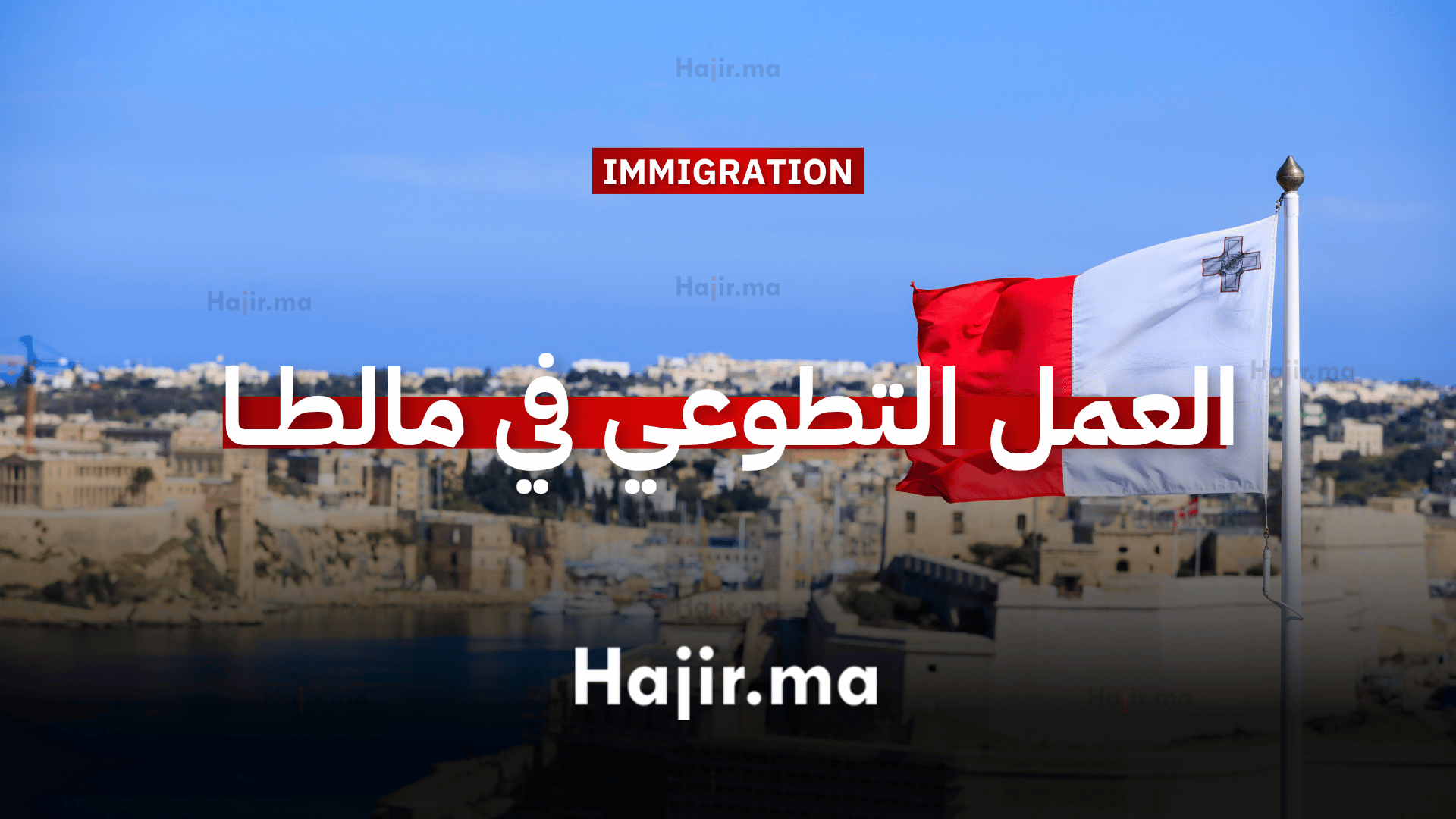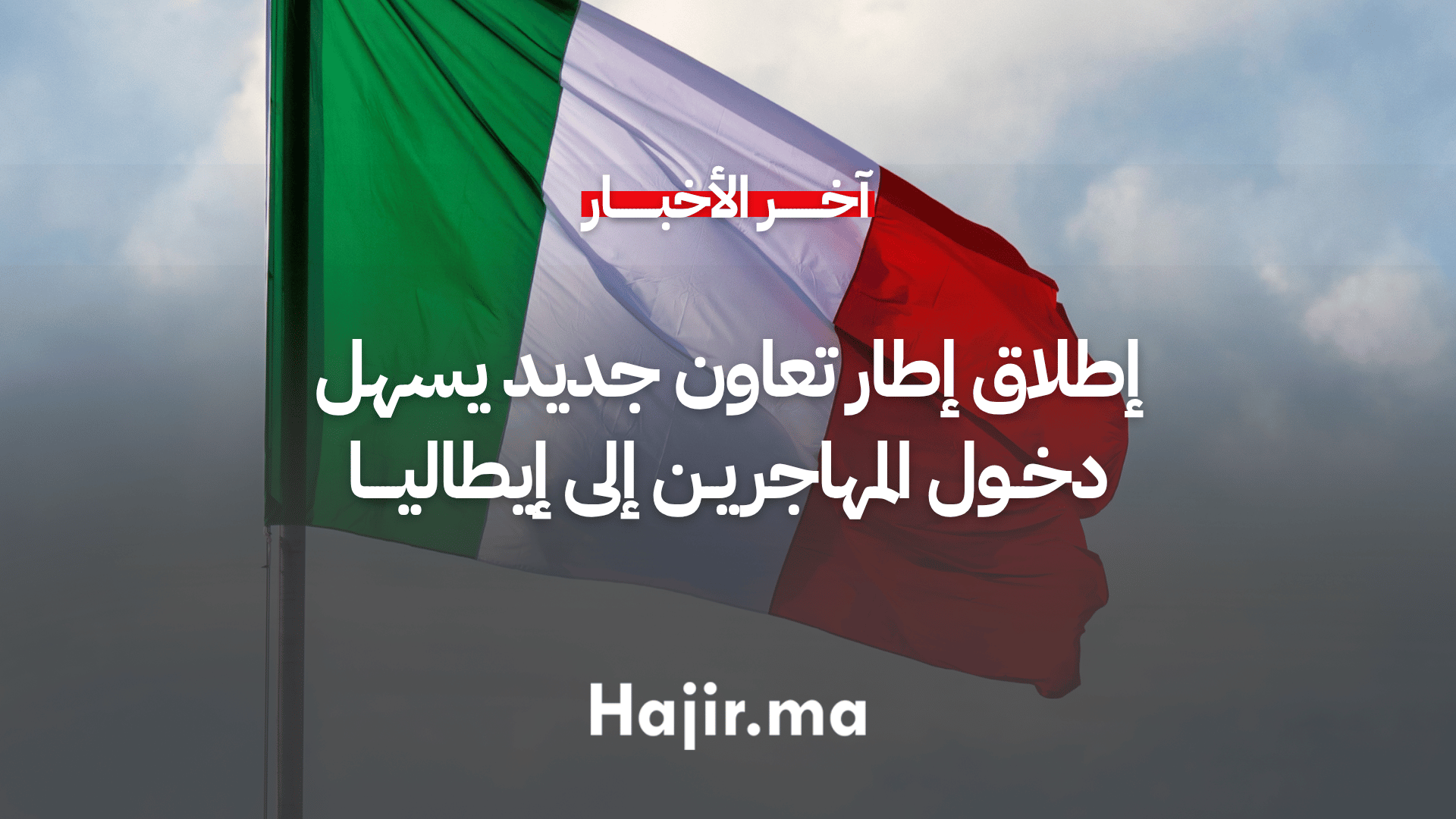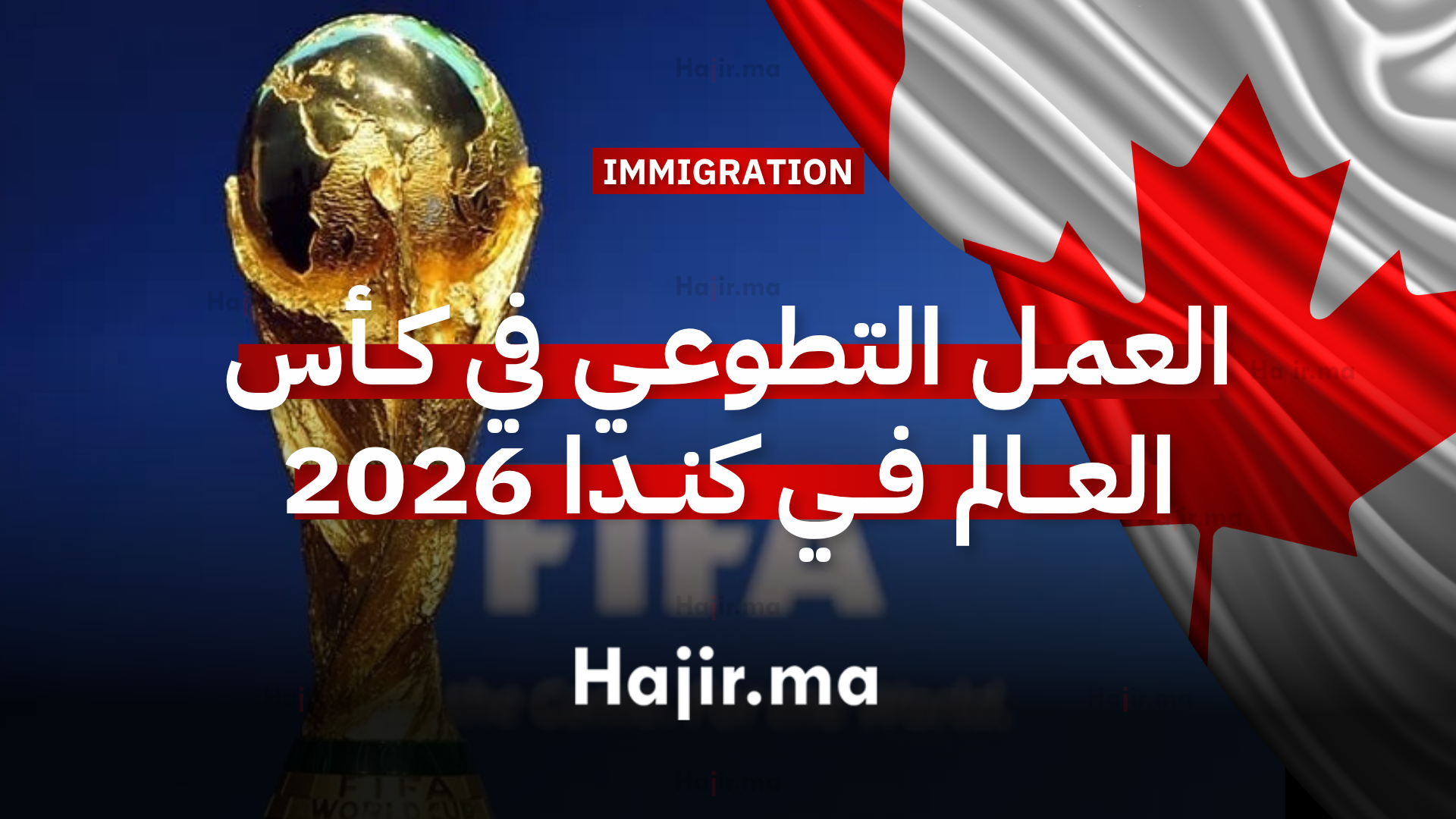The Italian government has recently issued a new Decreto Flussi regarding immigration flows for the three-year period of 2023-2025. This decree opens avenues for foreign workers to enter Italian territory, with specific quotas allocated for each year: 136,000 for 2023, 151,000 for 2024, and 165,000 for 2025.
Beneficiary countries
Decreto Flussi includes Morocco and Algeria among the beneficiary countries, and applies to both non-seasonal workers in sectors such as transport, construction, tourism, hotels, mechanics, communications, food, shipbuilding, passenger bus transportation, fishing, hairdressing, electricity and plumbing. It also includes self-employed and seasonal workers in agriculture, tourism and hospitality.
Application Deadlines for 2023
- 1For non-seasonal supervised workers: Applications can be submitted from December 2, 2023, until reaching the available quotas or by December 31, 2023, at the Unified Immigration Office.
- For seasonal supervised workers: Applications accepted from December 12, 2023, until quotas are filled, or by December 31, 2023, at the Unified Immigration Office.
- For self-employed workers: Applications can be made from December 5, 2023, until reaching the quotas or by December 31, 2023, at diplomatic offices.
Application Deadlines for 2024 and 2025
- 1For non-seasonal salaried workers: Applications can be submitted from February 5 until quotas are filled or by December 31 at the Unified Immigration Office.
- For seasonal supervised workers: Applications accepted from February 12 until quotas are filled or by December 31 at the Unified Immigration Office.
- For self-employed workers: Applications can be made from February 5 until reaching the quotas or by December 31 at diplomatic offices.
All applications must be submitted online through the official website, requiring SPID credentials.
Required Information
Applicants must provide details about the worker’s residence in Italy and necessary work documents, such as contracts or activity licenses.
Processing and Visa Application
Once the Unified Immigration Office approves the Decreto Flussi, applicants can apply for an entry visa at the Italian embassy or consulate in their home country. The visa allows entry into Italy, and subsequent residence permits can be applied for regular stay and work.
Important Note
Nulla osta is valid for six months. Applicants must enter Italy and apply for a residence permit within six months ofDecreto Flussi issuance.
Rejection and Reapplication
If the Decreto Flussi application is rejected, a visa for entry into Italy cannot be obtained in the same year. However, applicants can try again the following year if they meet the requirements outlined in the new decree.
Additional Information
Those seeking further information in Italy can visit the immigration offices in Comune or local patronato offices. To find these offices, individuals can search online using keywords like “Comune immigration office + city name” or “patronato + city name.”
Document Requirements
Applicants need to submit specific documents, including details about the worker’s residence in Italy and essential work documents such as contracts or activity licenses. Ensuring all necessary paperwork is accurate and up-to-date is vital for a smooth application process.
Unified Immigration Office
The Unified Immigration Office plays a central role in processing applications. It is responsible for reviewing and approving the Decreto Flussi, allowing applicants to proceed with their visa applications.
Visa Application Process
Once the Decreto Flussi is approved, applicants can initiate the visa application process at the Italian embassy or consulate in their home country. This step is critical for entering Italy and beginning the journey towards obtaining a residence permit.
Residence Permits
Upon entering Italy, applicants can apply for a residence permit. This permit is essential for regularizing their stay and engaging in work activities. It’s imperative to adhere to the timeline for obtaining a residence permit after receiving the Decreto Flussi.
Frequently Asked Questions (FAQs)
Q1: Can I apply for the Decreto Flussi if I am seeking international protection? A1: No, individuals seeking international protection should follow a different application process. The nulla osta is specifically for workers aiming to enter Italy for employment purposes.
Q2: What happens if my nulla osta application is rejected? A2: If your nulla osta application is rejected, you won’t be able to obtain a visa for entry into Italy in the same year. However, you can reapply the following year, provided you meet the requirements outlined in the new decree.
Q3: Can I apply for multiple positions with one nulla osta? A3: No, a separate nulla osta is required for each position or employment type. Each application should accurately reflect the specific job and conditions.
Q4: How long is the nulla osta valid? A4: The nulla osta is valid for six months. Applicants must enter Italy and apply for a residence permit within this timeframe.
Q5: Are there specific quotas for different sectors? A5: The decree outlines quotas for various sectors, including transportation, construction, tourism, and more. It’s essential to check the specific quotas applicable to your intended employment sector.
This extended guide aims to provide additional insights into the Italian immigration process, helping applicants navigate the intricacies and ensuring a successful transition to life and work in Italy.
This comprehensive guide aims to provide clarity on the recent Italian decree and the application process for foreign workers. For those in need of international protection, a different application process for international protection is required.
You may also like: New Jobs For Farm Workers in Canada Sponsored Visa 2024







